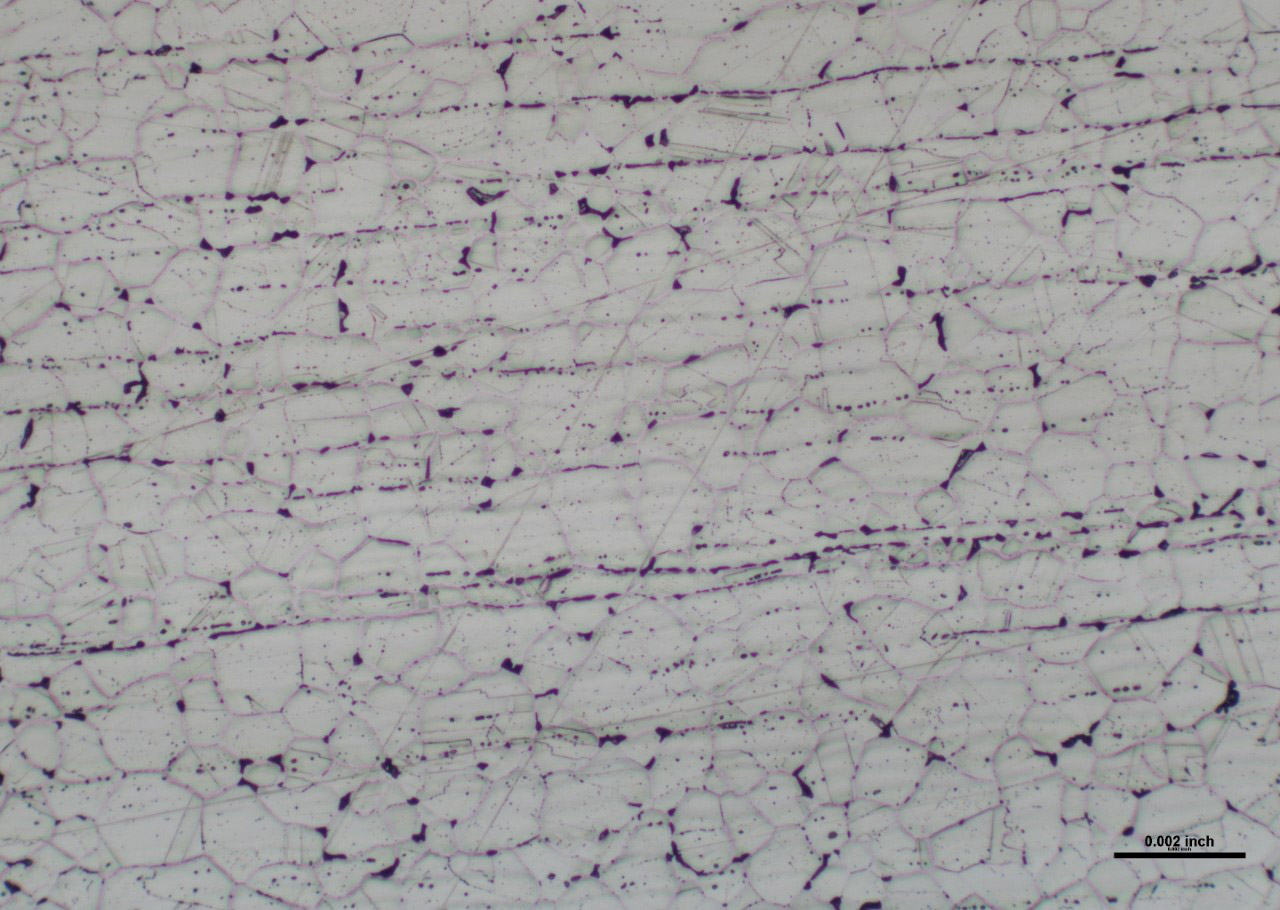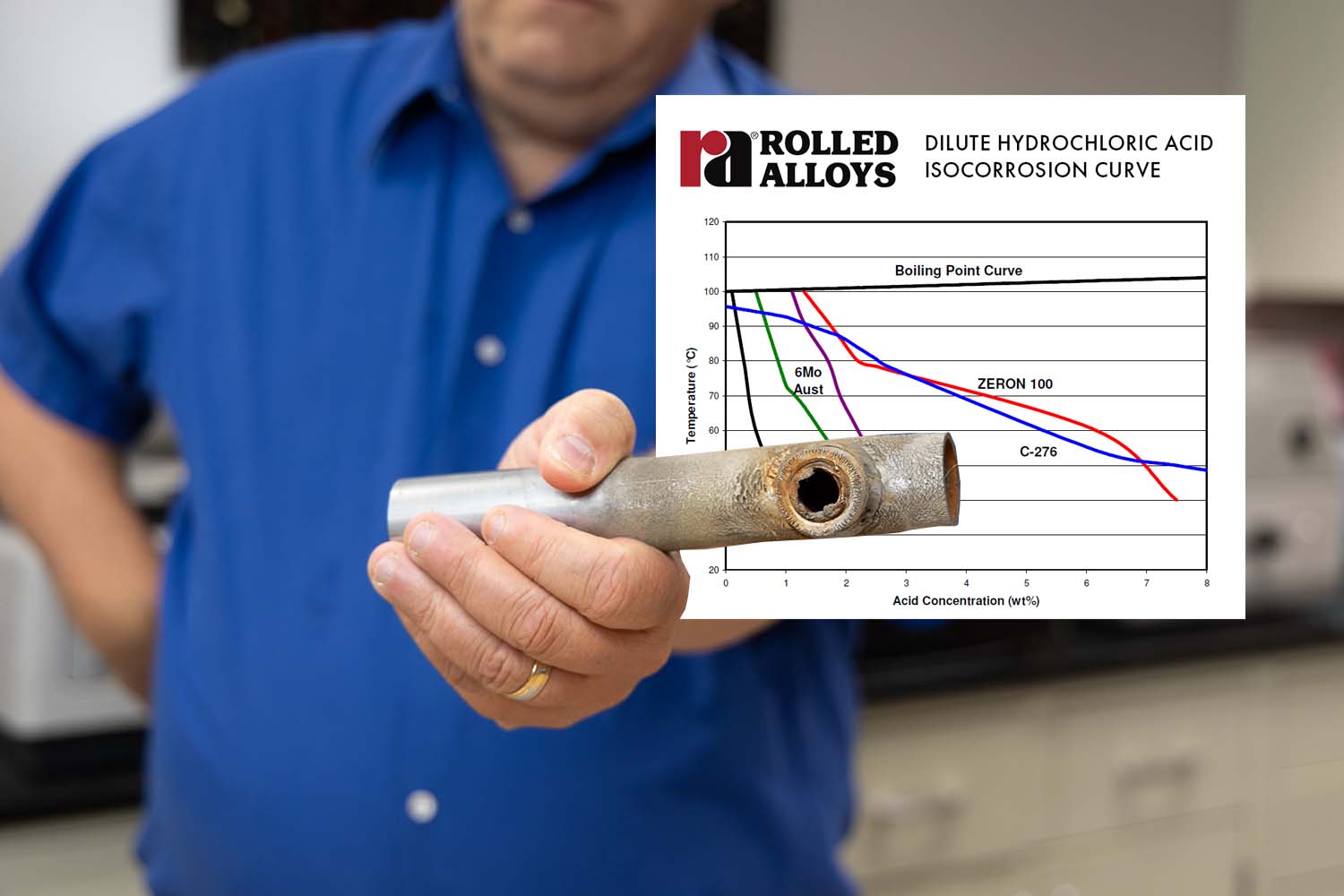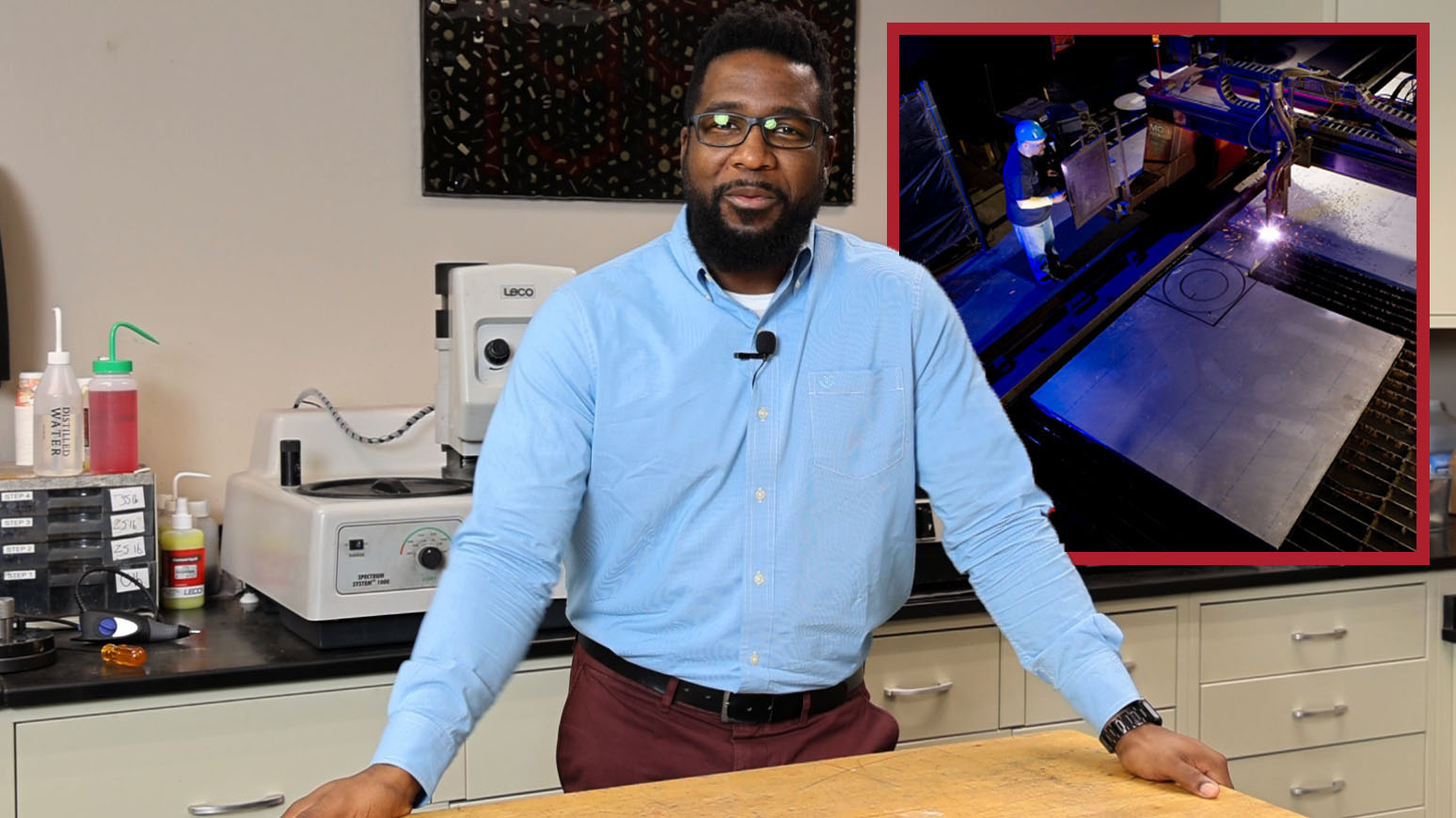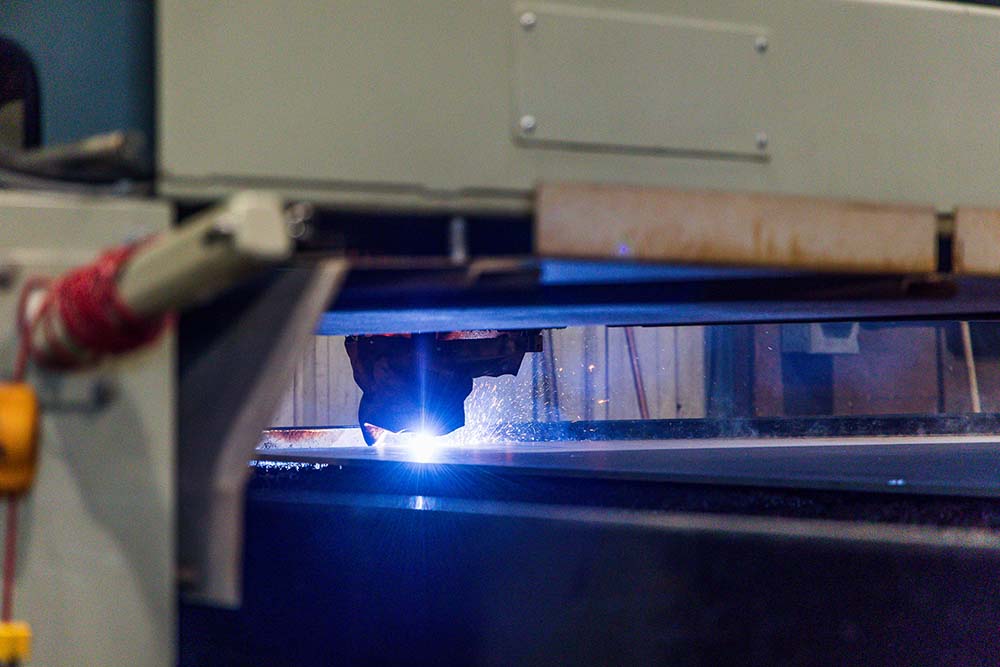NICKEL
Latest Articles
RA330®
- Oxidation resistance to 2100°F (1148°C)
- Resistant to carburization and nitriding
- Resistance to thermal shock
- Good strength at elevated temperature
- Metallurgical stability
Plate, Expanded Metal, Hex Nuts, Rod Coil, Pipe, Tubing, Weld Wire, Threaded Bar, Round Bar, Washers, Sheet
UNS: N08330
W. NR.: 1.4886
EN: 10095
ASTM: B 536, B 511, B 512, B 535, B 546, B 710, B 739
ASME: SB 536, SB 511, SB 535, SB 710
AMS: 5592, 5716
Incoloy Alloy 330, Alloy 330, UNS N08330
- Muffles
- Corrugated Boxes
- Retorts
- Bar Baskets
- Radiant Tubes
Rolled Alloys and our RA330 alloy were both created to service the need of the thermal process industries for a reliable source of a wrought alloy that could handle the rigors high temperature carburizing conditions and repeated quenching. Both our company and our RA330 alloy product began as parts of the Michigan Steel Castings Company (MISCO). The predecessor to RA330 was an alloy known as MISCO metal, it was a rolled version of the cast HT alloy and 35% nickel, 15% chromium. Its success came as a replacement to castings which were less ductile and fractured during harsh temperature cycling.
In 1953, Rolled Alloys became an independent company and MISCO metal became RA330 alloy. Over the past 60 years, we have applied our knowledge and close working relationship with the thermal process industry to modify RA330 to optimize its performance. These efforts include adjusting its chemistry to its current 35% nickel, 19% chromium, 1.25% silicon and controlled production techniques to ensure a product that has the optimal microstructure to withstand repeated thermal cycling.
Share This Page











